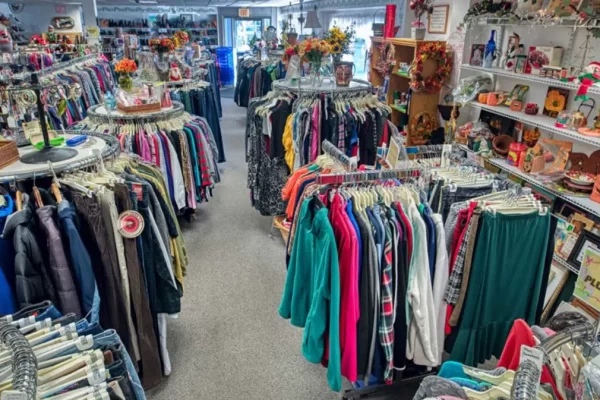Although there are some people who still believe that cash is king and feel skeptical by the seemingly mysterious world of cryptocurrency, the fact is that most developed countries have been undergoing a transition to a cashless way of life for decades already, and Australia is no exception.
Whatever the activity – be it business or work-related or even leisurely, like playing at online casinos, cashless payment is becoming increasingly popular down under. Most commentators predict that Australia could shift into becoming a truly cashless nation within five to eight years. The annual Global Payments Report goes one step further and predicts that in Australia, cash will account for only two per cent of value from all point-of-sale transactions by 2025.
As scary as it may sound, though, can you imagine how liberating it would be not to have to look for your wallet ever again or search in the bottom of your bag for loose change? Well, a cashless future really is within reach for Australians. In this article, we’ll look at some of the innovations and events that are making the cash-free revolution possible in Australia.
The Slow and Steady Decline of Cash in Australia

While we may take about it as a revolution, the truth is cash has been in decline as a mode of financial transactions for the past 15 years or so. According to the Reserve Bank of Australia, in 2007, cash still accounts for around 69% of consumer payments – a figure which dropped dramatically to 47% in the space of 5 years by 2013 and down to 27% in 2019. Moreover, by 2020 there had been a 30% decrease in the number of ATM withdrawals when compared to 2016 figures.
It is evident that people have been embracing cashless methods of payment for a while now. The COVID19 pandemic served to accelerate this with a shift towards contactless payments and online commerce. The emerging trends that experts expect to become more prominent in the near future include the following:
Contactless Payments

Since the start of the pandemic in early 2020, as hygiene became more of a priority, Australians opted for contactless payments using credit and debit cards which didn’t require the physical handing over of cash.
Similarly, the country’s cash withdrawals decreased dramatically as people began to embrace the convenience provided by mobile payments.
Research showed that around two-thirds of the Australians surveyed reported that they used cashless during the pandemic and also stated that they were likely to favor contactless payments moving forward as well.
Digital Currencies

Cryptocurrency is nothing new; it’s been around for decades already. However, what is significant is that mainstream adoption has served to improve the legitimacy of a mode of payment that many had previously treated with an air of skepticism. Nowadays, you find more and more vendors willing to deal in crypto, and even governments have no option but to accept its validity now.
Despite the fact that crypto markets are fairly volatile and values fluctuate quite dramatically, more and more central banks are looking at these digital assets as a viable option because of the additional security they provide vis a vis fiat currencies or traditional money.
Mobile Wallets

Most of us happily use services such as Apple and Google Pay as a matter of course. These mobile wallets allow consumers to load multiple cashless payment methods into a single, convenient mobile method into a single app on their smartphone. You don’t get better than that when it comes to convenience, especially when you consider how we are all so attached to our smartphones these days.
Digital wallets continue to grow in popularity as consumers find conveniences in paying by QR code and other mobile technologies, which require less interaction with humans. Moreover, it is predicted there will be an increase in B2B payments being made using mobile wallet technology.
Cross Border Payments

Once upon a time, sending and receiving money from overseas involved long waiting times and hefty fees. Nowadays, with more people working remotely and across jurisdictions, we’ve seen the rise of non-bank providers and apps designed to streamline this process. These services allow consumers to send payments in local currency for goods purchased abroad.
At the end of the day, this makes perfect sense in an age where people interact more regularly across borders. From a business point of view, streamlining international payments means that they can position themselves as a more attractive prospect for foreign consumers.
In short, Australia, like many other global economies, has to seem the value of shifting towards becoming a cashless nation. Both consumers and businesses understand the friction and frustration involved when it comes to handling cash and are demanding more seamless financial transactions. The advent of new ‘cashless’ innovations like cryptocurrency and mobile wallets makes paying for things a non-event and gives everyone one less piece of admin to deal with.





